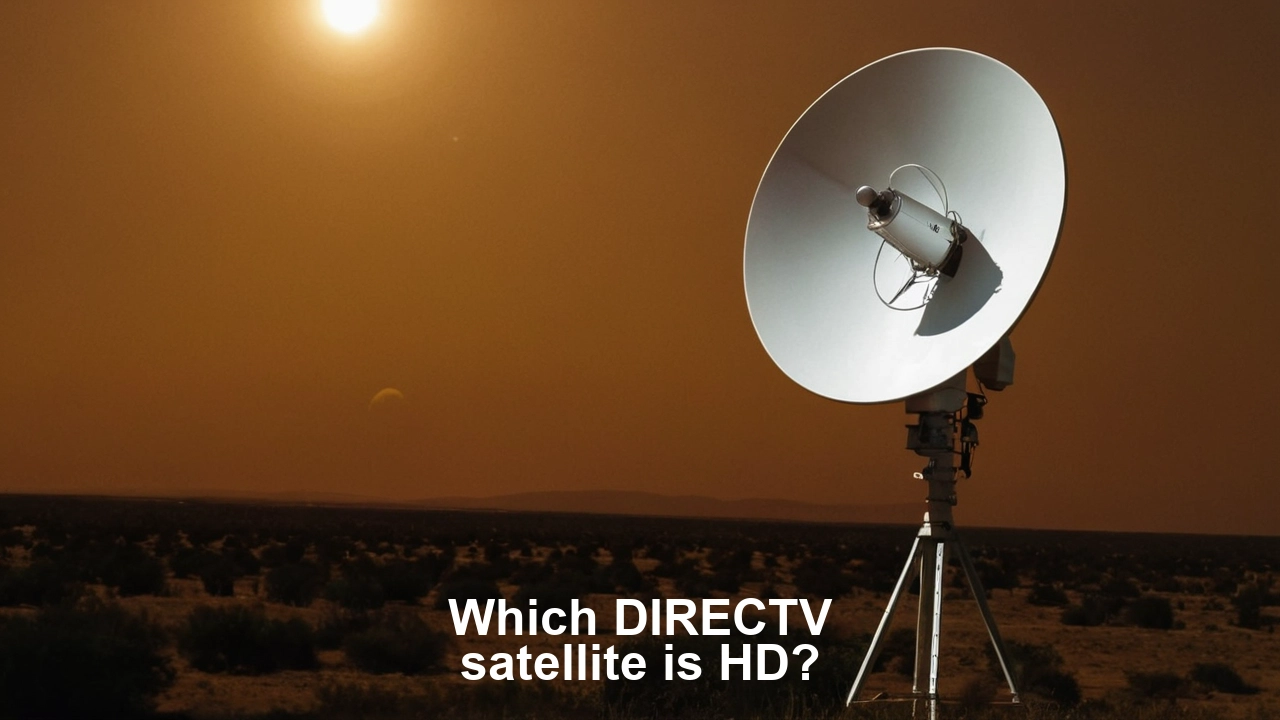Which DIRECTV satellite is HD?
Today, DIRECTV transmits its high-definition programming from five satellites, which are in geostationary orbit. These satellites are D10, D11, D12, T14, and T15. All of these five advanced satellites are ready and enable DirecTV to deliver HD channels to United States subscribers.
The first satellite that DIRECTV HD launched was the Spaceway F2 satellite, which is currently called D10. It started in 2007 using the Sea Launch Zenit 3 rocket, and at that time it was the biggest and most powerful commercial communication satellite in the world. D10 was the initial satellite that was launched with the sole purpose of increasing the HD capabilities of the DIRECTV and offering more national HD channels to the customers. It has 42 high-power Ku-band transponders that target the continental United States, and it has the capability of transmitting over 150 national HD channels.
In 2009, DIRECTV began using the D11 satellite, which increased their previous HD channel offerings by nearly twice as much. It is an all-digital BSS-702HP satellite platform built by Boeing Company and is capable of powering up to 16 Ku-band transponders. D11 consists of 42 high-power spot beam transponders operating in Ku-band that can offer more than 500 local HD channels to the markets in the country. It operates in partnership with D10 to deliver not only national but also local HD programs to each subscriber market in the United States.
The third satellite of the HD series launched by DIRECTV was D12 in the last quarter of 2011. Built by SS/Loral with 32 high-power nation-wide Ku-band spot transponders like the D10 satellite designed to further expand DIRECTV’s HD channel capability. At launch, they used the enhanced capacity to increase the numbers of HD channels from more than 200 national ones. D12 is also located in GEO in tandem with D10 and D11 to ensure that all of North America is covered in full HD.
In 2014, DIRECTV significantly boosted their capacities with two new satellites called T14 and T15 manufactured by Boeing with the help of the 702SP high-end satellite platform. All of these advanced satellites have 24 Ku-band CONUS beam transponders pointing toward the US mainland, for which it is possible to broadcast HD channels. However, more significantly, T14 has additional 24 spot beam Ka-band transponders, and T15 has 24 spot beam Ka-band transponders. This new technology enabled DIRECTV to beam even more bandwidth-hungry HD video to all parts of the country, he said.
DIRECTV utilizes the T14 and T15 satellites; the Ka-band capabilities onboard helped the company to offer more HD channels than cable and enhance picture quality. After using these satellites for the next few years, DIRECTV customers had access to over 225 HD channels, making it the pay TV provider with the highest capacity and quality in HD. T14 is at 99 degrees west, while T15 is at 103 degrees west above the equator.
Therefore, as it stands now, five DIRECTV satellites that offer HD signals across the United States are D10, D11, D12, T14, and T15. Combined, this advanced high-tech satellite fleet offers DIRECTV the largest HD choice in the market with the capacity for delivering clear and sharp high-definition pictures to every one of its customers across the country. Each satellite has a unique role to play by integrating both CONUS and spot beams together with both Ku and Ka bandwidth transmission to provide the best quantity and quality of HD programming available. As DIRECTV goes on to improve HD through new satellites and ground-based internet streaming, D10, D11, D12, T14, and T15 remain the basic framework of their industry-leading HD service offering.
Want more channels and better service? Dial (469) 213-7481 now to switch to satellite TV!


